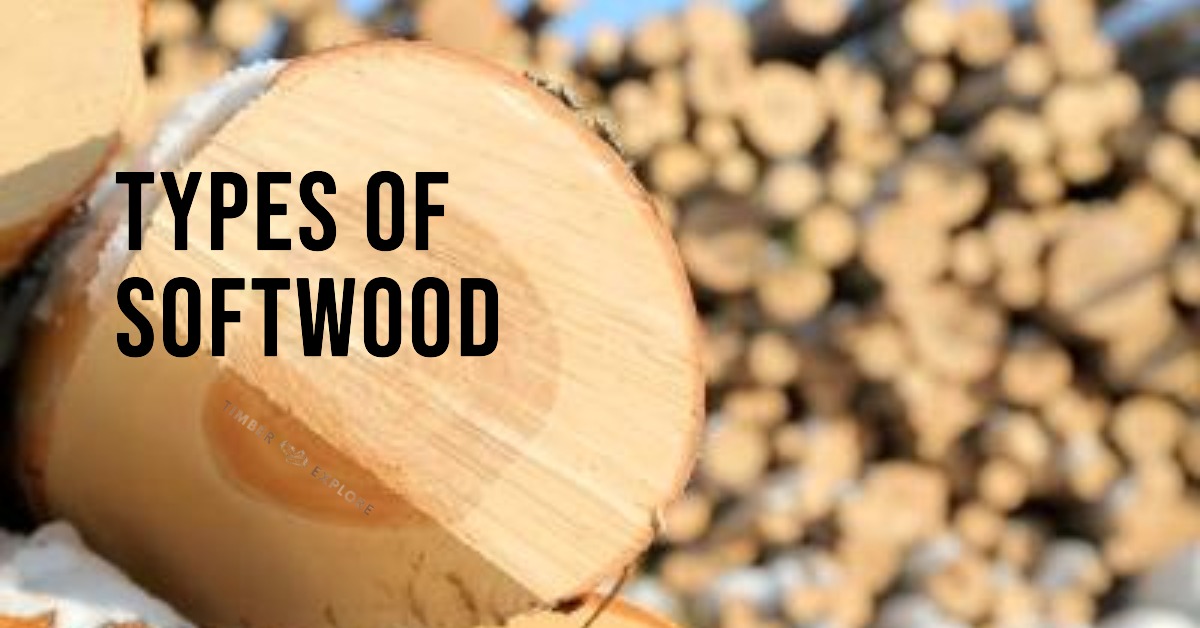Softwood, derived from coniferous trees, falls under a category of wood that is valued for its versatility, affordability, and wide range of applications in construction, carpentry, and woodworking. In this article, we will delve into different types of softwood, exploring their characteristics, uses, and why they play an essential role in various industries.
Common Types of Softwood Explained
1. Pine Wood
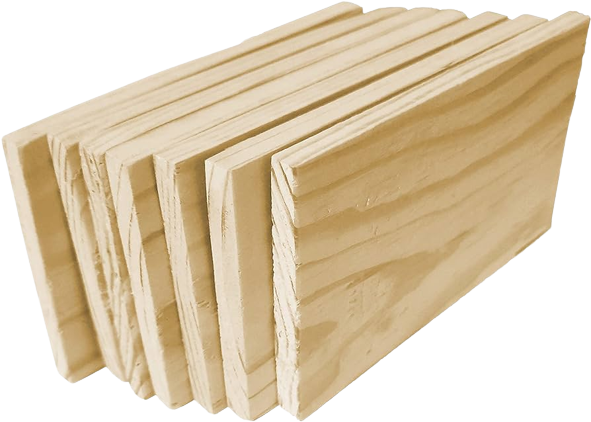
Builders and woodworkers widely use pine wood due to its versatility and popularity. It boasts a distinctive grain pattern that adds character to its appearance. The Janka hardness of pine wood varies depending on the specific pine species, but it is generally considered a softwood with moderate hardness. The wood is abundant in North America, Europe, and Asia, making it a commonly chosen material for various projects.
Uses:
- Pine is a popular choice for both interior and exterior carpentry projects, such as framing, molding, and trim work.
- Furniture makers appreciate pine’s versatility for crafting various styles of furniture.
- Due to its durability and easy maintenance, pine is commonly used in making doors, windows, and flooring, creating inviting and long-lasting spaces.
2. Cedar Wood

It is prized for its exceptional qualities and stands out with its reddish-brown color and delightful fragrance. Thriving in North America and specific regions of Asia, cedar is a favored choice for woodworking projects due to its attractive appearance. Its straight grain pattern and uniform texture not only allow for functional applications but also enhance decorative elements.
Notably, cedar wood possesses a natural resistance to decay and insects, contributing to its longevity and making it a sought-after material in various applications.
Uses:
- Cedar is a preferred choice for outdoor applications such as fencing, decking, and siding, where its durability and resistance to decay shine.
- In addition to outdoor projects, cedar is commonly used in closets, chests, and cedarwood products to take advantage of its aroma & natural preservation properties.
3. Redwood

Redwood, another type of softwood renowned for its unique attributes and remarkable resilience, showcases a rich reddish-brown color. Flourishing primarily in the western United States, redwood brings a touch of elegance to any woodworking project with its deep, rich red hue.
Its straight grain pattern and fine texture not only enable precise detailing but also facilitate impeccable finishing. Noteworthy is redwood’s natural resistance to decay and termites, ensuring not only its aesthetic appeal but also its longevity, making it a standout choice in various applications.
Uses:
- Redwood is an excellent choice for outdoor projects, including decks, gazebos, and outdoor furniture, thanks to its durability and beauty.
- In addition to outdoor applications, redwood is employed in crafting fine cabinetry and decorative veneers, adding a touch of luxury to interiors.
4. Douglas Fir
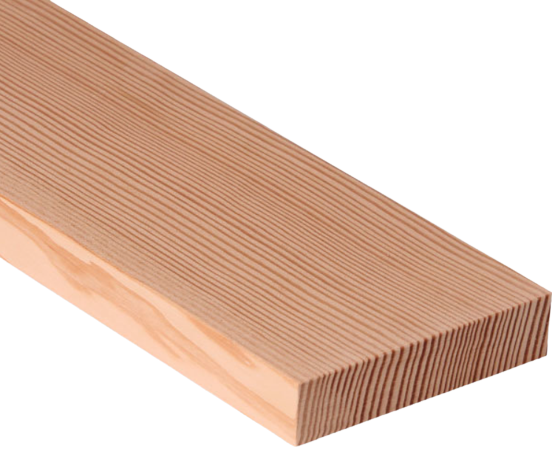
A softwood boasting a light to medium reddish-brown color commonly prevailing in North America, particularly in the Pacific Northwest, Douglas fir stands out with its distinctive appearance, making it suitable for a variety of projects. Featuring a pronounced grain pattern and medium to coarse texture, this softwood is not only strong but also highly durable. Its robust strength positions Douglas fir as an ideal choice for structural applications in building construction, showcasing its reliability and adaptability in the realm of woodworking.
Uses:
- Douglas fir is commonly used in structural elements, such as beams, rafters, and framing lumber, where its robustness is highly valuable.
5. Spruce Wood
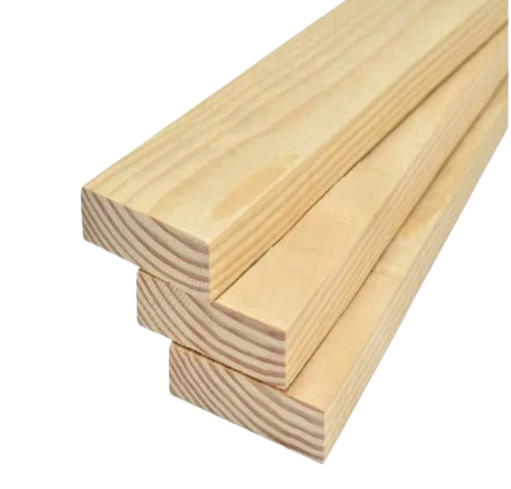
Renowned for its versatility, spruce wood showcases a pale white to light yellow color and can be found in North America, Europe, and Asia. The wood’s pale coloration serves as a blank canvas for woodworking projects, offering flexibility for various finishes and stains.
With a straight grain pattern and fine texture, spruce wood proves ideal for creating smooth and clean surfaces. Its lightweight nature and ease of workability make spruce wood a favorite among woodworkers, emphasizing its appeal in diverse applications within the realm of woodworking.
Uses:
- Spruce is popular in crafting musical instruments like pianos, violins, and guitars, where its resonance properties shine.
- It’s also a common choice for making crates, boxes, and interior woodwork, offering durability and ease of manipulation.
6. Hemlock
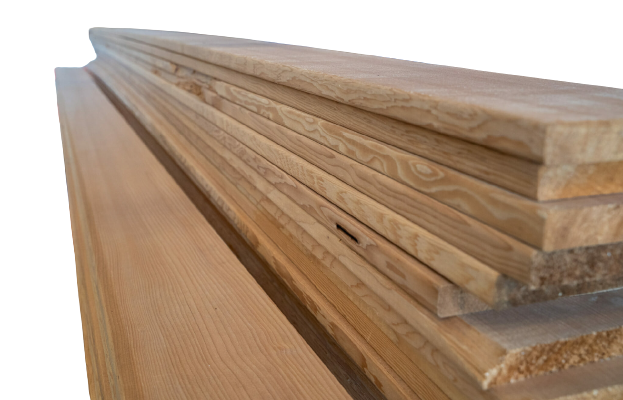
Celebrated for its strength and utility, hemlock stands out as a type of softwood with a light to medium brown color, commonly found in North America and parts of Asia. Its warm and natural appearance, attributed to the light to medium brown color, enhances the aesthetic appeal of woodworking projects.
Hemlock showcases a straight grain pattern and a coarse texture, adding character to the wood’s visual allure. Its notable strength and moderate durability position make it an excellent choice for various construction applications.
Uses:
Hemlock finds wide usage in framing and general construction and is popularly prized for its robustness.
7. Fir Wood
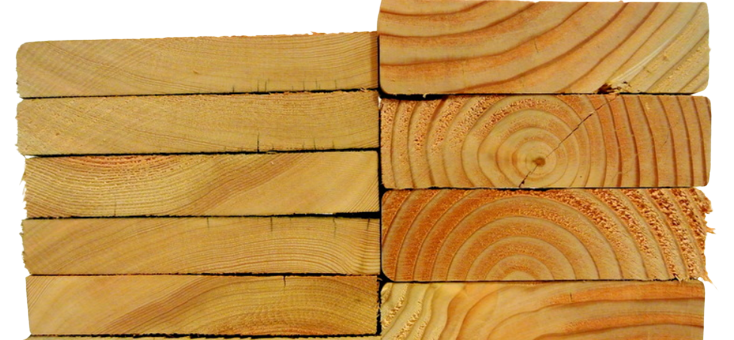
Fir wood boasts a white to pale yellow color and is prevalent in North America, Europe, and Asia. The light color serves as a clean and neutral base for woodworking projects, offering a canvas for a diverse range of design possibilities. Featuring a straight grain pattern and a fine to medium texture, fir wood is easy to work with, ensuring the creation of smooth surfaces. Its lightweight nature further enhances its appeal, establishing it as a favorite choice among woodworkers for various applications within the craft.
Uses:
- Fir wood is a frequent choice for making doors, windows, and moldings, thanks to its ease of manipulation and versatility.
- It’s also widely used in producing plywood and veneers, where its qualities ensure high-quality results.
8. Larch Wood
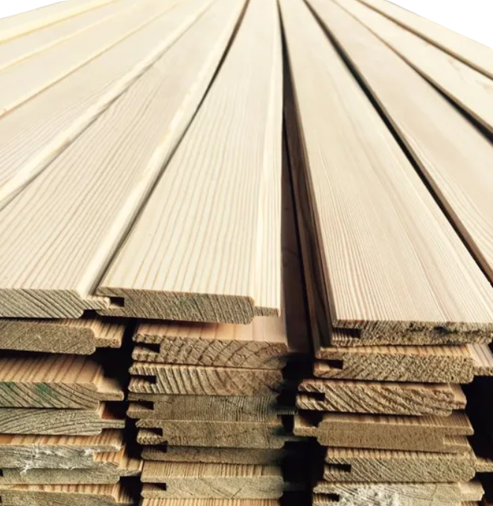
Larch wood showcases a light to medium brown color, predominantly thriving in Europe, Asia, and North America. The wood’s natural and inviting look, attributed to its light to medium brown color, makes it a suitable choice for a variety of woodworking projects.
Displaying a straight grain pattern and a fine texture, larch wood contributes to a clean and polished appearance on its surface. What sets larch apart is its exceptional longevity and reliability, thanks to its natural resistance to decay and insects, making it a stand-out material.
Uses:
- In outdoor applications, such as fence posts and railroad ties, larch is commonly used due to its durability and resistance to decay, making it an excellent choice.
- Crafting flooring, cabinets, and boat building involves the use of larch, whose natural attributes ensure longevity and dependability.
9. White Pine
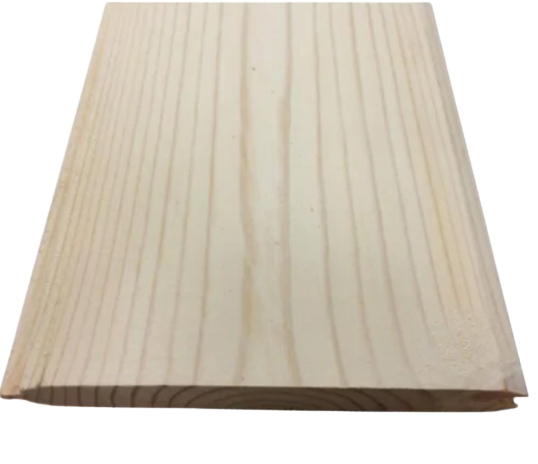
Another softwood type with a pale white to pale yellow color, is often found in expansive forests across North America and certain parts of Europe. The pale hues of white pine lend a fresh and airy appearance, making it suitable for a wide array of woodworking styles and designs.
With a straight grain pattern and fine texture, white pine facilitates precise detailing and finishing work, contributing to the creation of refined wood surfaces. Its lightweight nature further enhances its appeal, making it a favorite choice among woodworkers.
Uses:
- White pine is a popular choice for crafting furniture, cabinets, and intricate carvings, allowing for diverse design possibilities.
- Its lightweight yet durable properties make it a popular choice in boat construction and shipbuilding, ensuring reliable and long-lasting vessels.
10. Southern Yellow Pine

Southern Yellow Pine stands out as a softwood featuring a light yellow to reddish-brown color, and it is abundant in the southeastern United States. The warm and inviting color of yellow pine makes it a visually appealing option for a variety of woodworking projects.
With a prominent grain pattern and a medium texture, yellow pine adds character and depth to the wood’s appearance, enhancing its visual allure. Recognized for its strength and durability, yellow pine proves ideal for a wide range of applications, further solidifying its standing as a reliable choice for everyone.
Uses:
- Yellow pine is a popular choice for flooring, staircases, and outdoor decking, where its strength and versatility shine.
- It’s also a preferred option for structural beams and heavy construction work, ensuring stability & reliability.
Which is the Ideal Softwood Type for Your Project?
Now that you’re well-acquainted with the characteristics and uses of various types of softwood, it’s time to choose the perfect one for your woodworking or construction endeavor. Selecting the right softwood is crucial, as it can significantly impact the outcome of your project.
To make an informed decision, consider factors such as the project’s location, intended use, and the specific qualities you require. For instance, if you need a softwood that can withstand the elements for an outdoor project, cedar might be your best bet. On the other hand, if you’re crafting furniture, you may prefer the versatility of pine or the durability of larch.
Don’t forget to explore different sources of information to ensure your choice aligns with your project’s requirements. Timber Explore, a comprehensive platform for timber-related knowledge, can be a valuable resource. It offers detailed insights into softwoods, hardwoods, and many other aspects of woodworking and construction.

